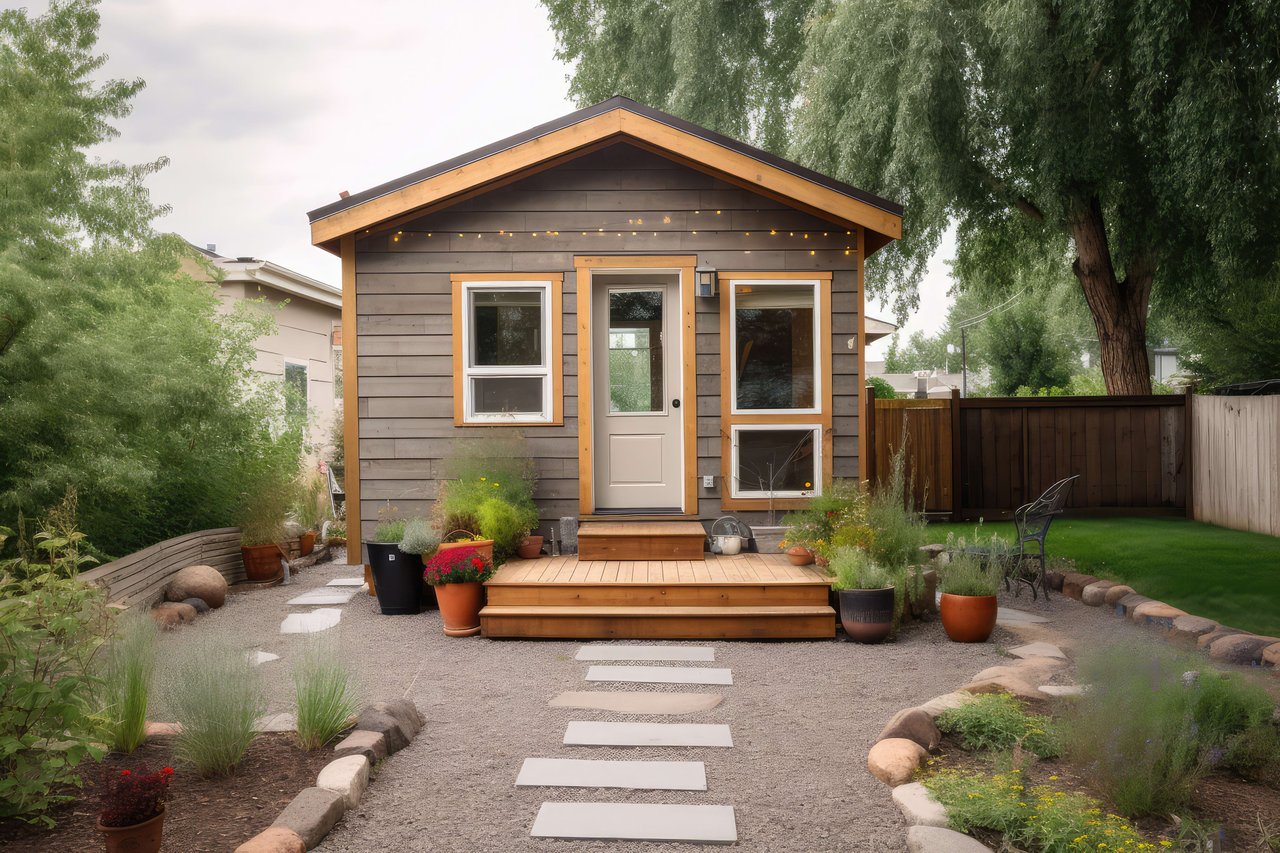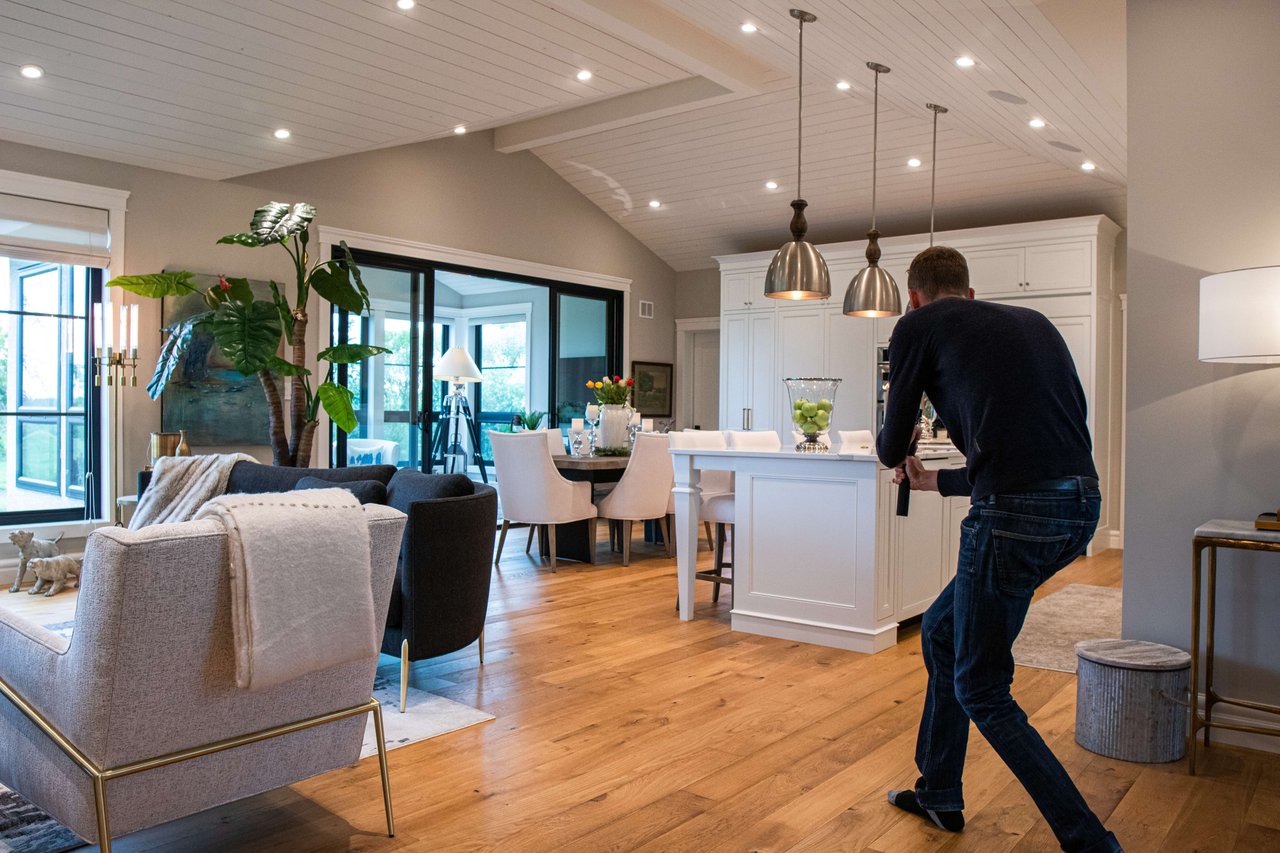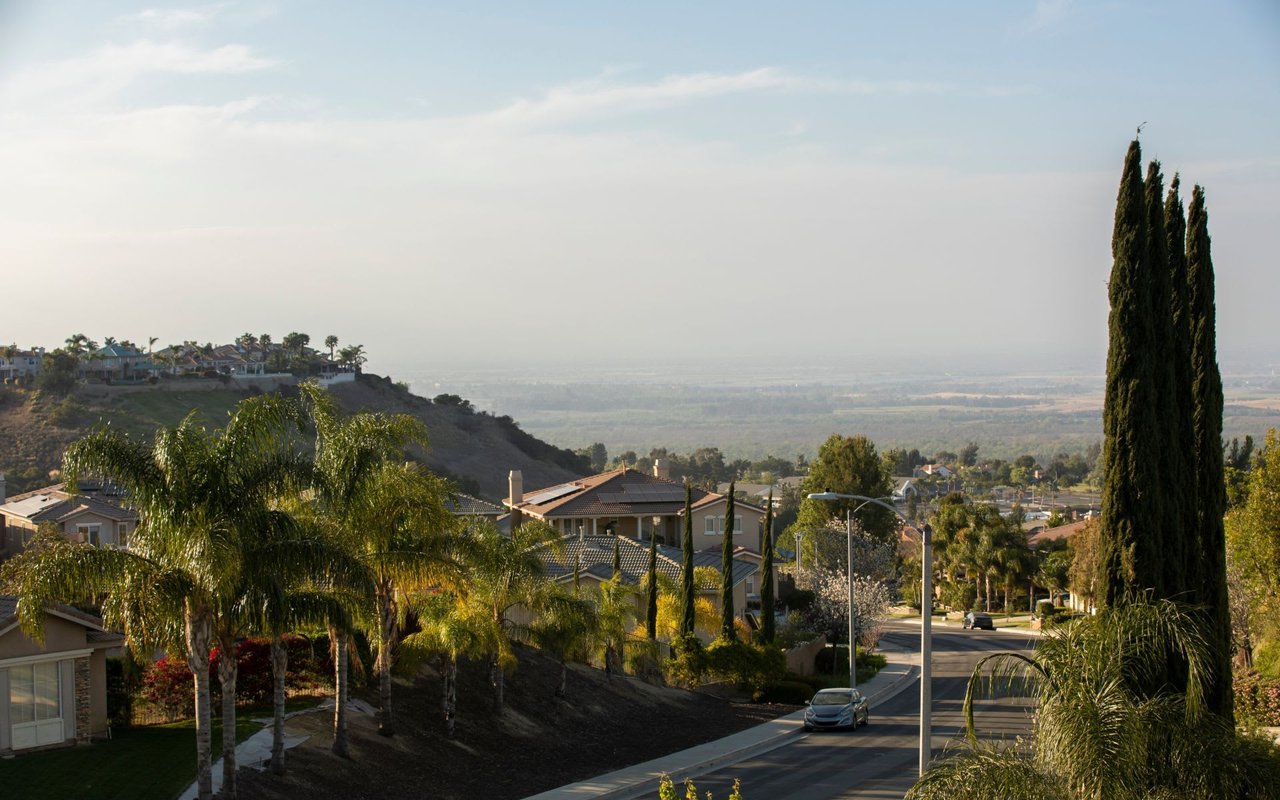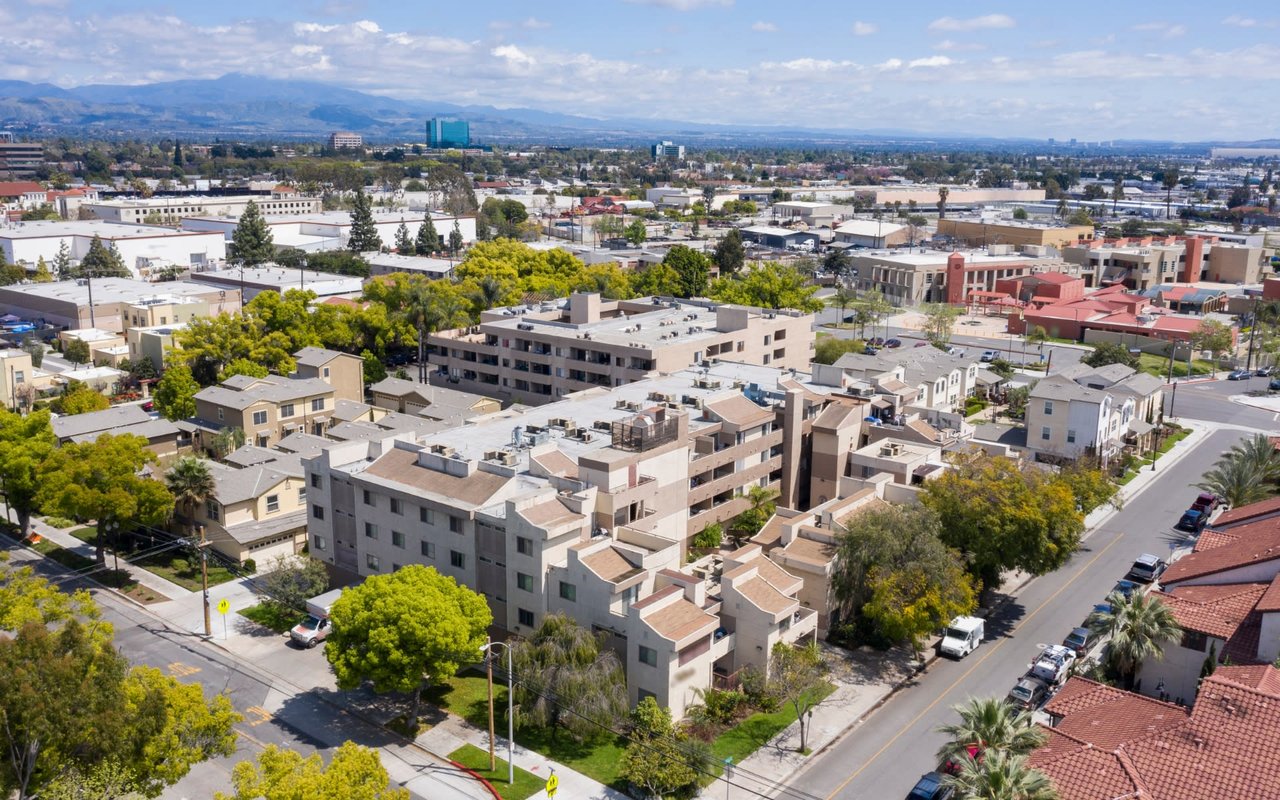Affordable Dwelling Units (ADUs): Pros and Cons for Homeowners and Communities
Market Trends

Market Trends

The housing crunch in urban centers has led to a renaissance of sorts for a housing solution that's as old as time but has taken on a new importance in modern city living: the Affordable Dwelling Unit (ADU). Commonly known as in-law apartments, granny flats, or laneway houses, these small, self-contained residences are often located on the same property as a single-family home. Their resurgence is due to their potential to create more living space within existing neighborhoods and to provide additional housing options without the need to build upwards or outwards.
However, like any change in residential policy and planning, there are pros and cons to consider. This in-depth exploration aims to shed light on the impact ADUs can have both on homeowners and the broader community.
One of the most significant advantages of ADUs is their potential to create affordable housing. By providing a smaller, more affordable housing option within established neighborhoods, ADUs can help to address the housing affordability crisis. They can offer a solution for young professionals seeking to rent in urban areas and provide an accessible living space for elderly family members or those with disabilities.
Under the right circumstances, adding an ADU can significantly increase a property's value. The additional rental income from the second unit can often exceed the monthly mortgage payment increase from the construction costs, which effectively means that the essentially free equity gained from the increased home value.
For single-family homeowners, the possibility of an ADU can offer a welcome slice of flexibility. Whether it’s converting a garage, renovating the attic or basement, or adding an extension to the main house, these extra spaces can serve a multitude of purposes. They can be rented out to provide a second income, used to house extended family, or even as a home office or retreat for the homeowner.
Opponents of ADUs often cite concerns about changing neighborhood character and increased density. There is a valid worry that unchecked ADU construction could alter the aesthetic and feel of a neighborhood. Additionally, more units can mean more cars and more people, which in turn leads to increased traffic and a potential strain on local infrastructure and services like schools and public transport.
Not all residential areas allow for the construction of ADUs. Local zoning laws and regulations can be complex and restrictive, often requiring a lengthy and expensive permit application process. Homeowners may find it difficult to meet size and setback requirements, leading to the need to petition local governments for zoning variances.
Building an ADU requires a significant upfront investment. Construction costs can range from moderate to high, depending on the size and quality of the unit. For many homeowners, securing the funds to build an ADU can be a substantial financial barrier. While increased property values and rental income can offer a return on investment over time, the immediate cost is a deterrent for some.
The densification aspect of ADUs cannot be overlooked. From an environmental standpoint, adding more housing units to existing infrastructure can be more sustainable than building new housing developments. It promotes walkability, reduces the need for owning a car, and can contribute to more environmentally friendly living.
ADUs can also pave the way for more inclusive communities. They offer the possibility for intergenerational living arrangements where family members have their own space yet remain close. They also facilitate diverse housing options, catering to the needs of individuals and families at different stages of life.
The ability of homeowners to gain income from renting out an ADU provides a measure of economic resilience. The extra income can help offset the rising costs of living or emergencies, making homeownership more sustainable for a wider demographic.
To mitigate concerns about neighborhood change, it’s vital for local governments and homeowners to engage with the community. Transparent communication and involving residents in decision-making processes can help address concerns and ensure that ADU construction aligns with community interests and values.
Local government bodies can make the process of constructing an ADU more accessible by streamlining regulations. Implementing clear and efficient permitting systems, waiving certain fees, and providing financial assistance can lower the barriers to entry for homeowners.
To facilitate affordability for both homeowners and renters, local governments can implement programs that provide low-interest loans, grants, or tax incentives for ADU construction. They can also regulate rental prices to ensure that ADUs remain a viable option for affordable housing.
ADUs represent a promising solution to a variety of housing challenges, but they are not without their complexities. With thoughtful planning, community engagement, and regulation, ADUs can be a win-win for homeowners and communities alike. The trend toward more flexible housing models is likely to continue, and well-implemented ADU policies could be a crucial piece of the puzzle in creating sustainable, inclusive urban living spaces.
As local governments continue to adapt zoning laws and building codes to accommodate ADU construction, and as homeowners seize the opportunity to add value to their properties, the impact of this housing trend will be closely watched in the coming years. With the right support and management, ADUs have the potential to be a key player in addressing the housing needs of our growing populations like Santa Ana.
Stay up to date on the latest real estate trends.

Selling

Local

Buying

Buying

Buying

Buying

Finance

Market Trends

Market Trends